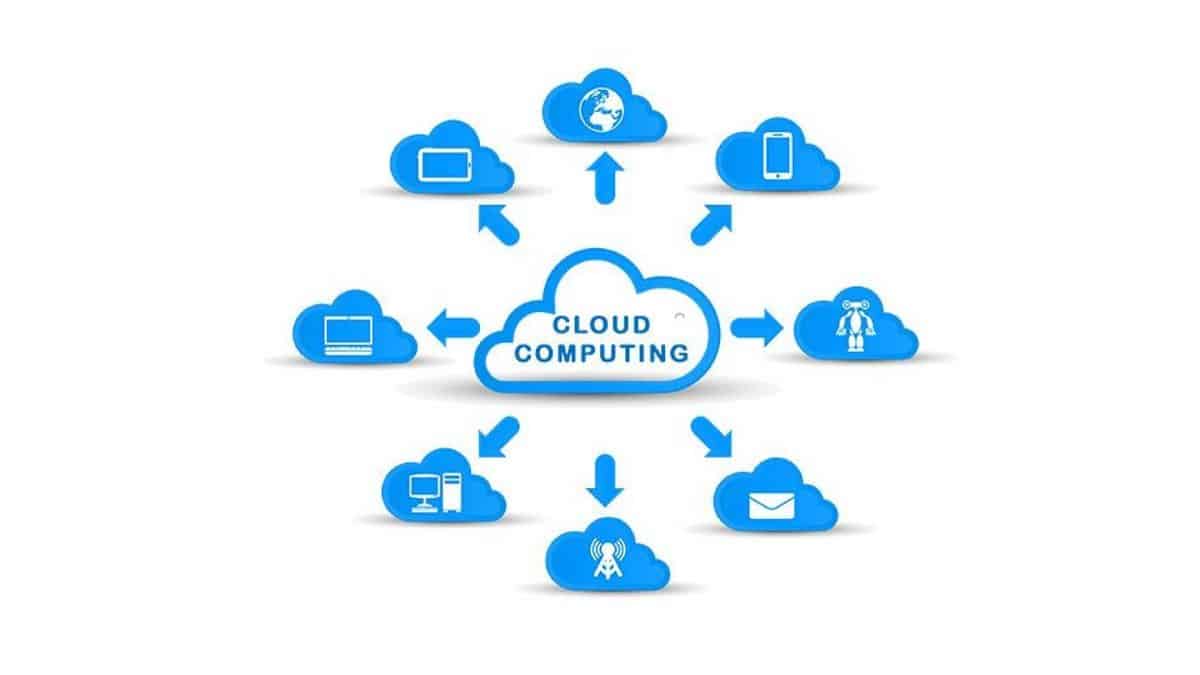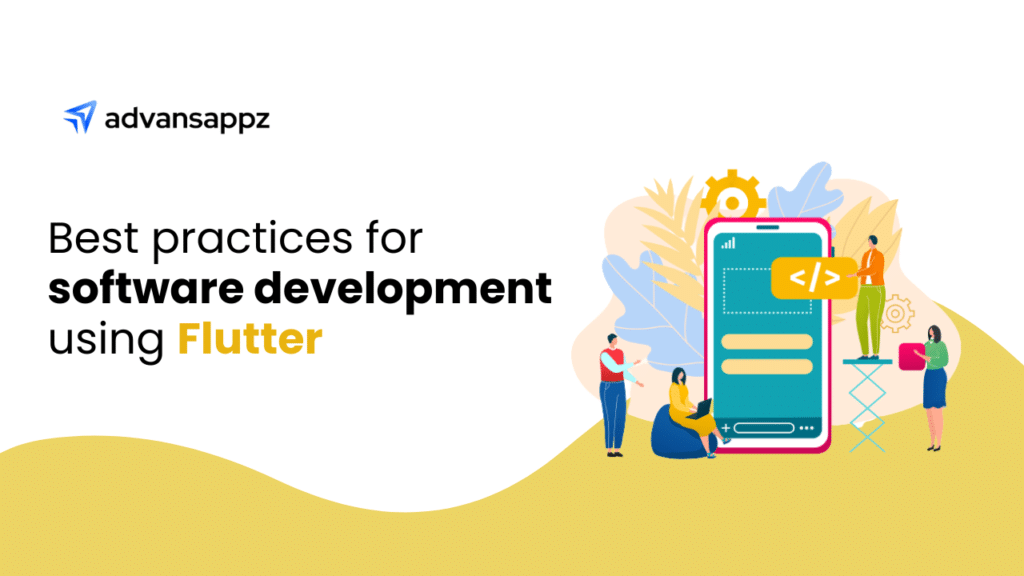Cloud computing solutions have been transforming the way businesses operate in recent years. This technology enables companies to access resources and services over the internet, allowing them to scale their operations up or down as required.
According to the studies, over 94% of organizations worldwide use cloud computing solutions based on their business needs. This depicts how important it is to adopt technology during the fast-changing business landscape.
In this blog post, we will discuss the benefits of cloud computing and the different cloud computing solutions available.
What are Cloud Computing Solutions?
Cloud computing solutions are services provided over the internet that allow users to access and use computing resources on demand. These resources include computing power, storage, databases, software, and other infrastructure components that are hosted and managed by cloud service providers.
Benefits of Cloud Computing Solution
- Scalability: Cloud computing solutions allow businesses to scale their operations up or down depending on their needs. This means that they can quickly increase their resources when they need them and reduce them when they don’t. This allows businesses to be agile and responsive to changes in their industry.
- Cost Savings: With cloud computing, businesses can reduce their IT costs significantly. They don’t need to invest in costly hardware or software, and they don’t need to hire a large IT team. Instead, they can pay for the resources and services they need on a pay-as-you-go basis.
- Increased Flexibility: Businesses can work from anywhere with an internet connection with the help of cloud networks. This means that companies can access their resources and services from anywhere, making collaborating with teams in different locations easier.
- Improved Security: Cloud service providers have highly secure data centers monitored 24/7. They also have a team of experts responsible for ensuring that their systems are safe and up to date with the latest security patches.
Types of Cloud Computing Solutions
Public Cloud Computing Solutions
Public cloud services are generally offered to the general public over the internet. In a public cloud, computing resources such as servers, storage, and networking infrastructure are owned and operated by a third-party cloud service provider, who makes these resources available to businesses and individuals for a fee.
Public clouds are designed to be highly scalable and flexible, enabling users to rapidly provision and de-provision computing resources on demand. They are typically accessed through a web browser or specialized client software that provides a graphical user interface for managing resources.
Examples of popular public cloud platforms include Amazon Web Services (AWS), Microsoft Azure, and Google Cloud Platform (GCP). These platforms offer various services, including virtual machines, storage, databases, analytics, machine learning, and more.
Private Cloud Computing Solutions
Private Clouds are exclusively dedicated to a single organization or business. Unlike public clouds, which provide services to multiple organizations, private clouds offer a more secure and customizable option, as they are designed to meet a particular business’s specific needs and requirements. Private clouds can be hosted on-premises or in a third-party data center. They provide many of the same benefits as public clouds, including scalability, flexibility, and on-demand access to computing resources.
However, because private clouds are dedicated to a single organization, they provide greater control and security and the ability to customize the environment to meet specific business needs.
Large enterprises or organizations with strict security and compliance requirements often use private clouds, such as financial institutions or government agencies. Businesses may also use them with unique workloads or applications requiring specialized infrastructure.
Hybrid Clouds
Hybrid clouds combine the use of public and private cloud services. A hybrid cloud can be a mix of on-premises infrastructure, private cloud, and public cloud services, all integrated to form a unified platform. In a hybrid cloud, organizations can keep sensitive data and applications in their private cloud while leveraging the scalability and cost-effectiveness of public cloud services for less critical workloads. This allows organizations to have the best of both worlds and take advantage of the benefits of both public and private clouds.
Hybrid clouds’ advantages include increased flexibility, improved security, and cost savings. However, implementing a hybrid cloud can also be complex and requires careful planning and management. Therefore, it’s vital to clearly understand the organization’s specific needs and goals before deciding on a hybrid cloud strategy.
Multi-clouds
Multi-cloud refers to using multiple cloud computing platforms or services from different providers to meet other business needs. A multi-cloud strategy allows an organization to leverage the strengths of various cloud providers to optimize workload placement, improve availability and resilience, and reduce the risk of vendor lock-in.
In a multi-cloud environment, an organization may use public cloud computing solutions like Amazon Web Services (AWS), Microsoft Azure, and Google Cloud Platform (GCP) in addition to private cloud infrastructure. The organization may also use different cloud providers for different workloads, such as running applications on AWS while storing data on Azure.
Multi-cloud can provide several benefits, such as increased flexibility, improved performance, and reduced costs. However, managing multiple cloud environments can also introduce complexity and require specialized skills and tools. In addition, effective multi-cloud management requires careful planning, monitoring, and automation to ensure consistent performance, security, and compliance across all cloud platforms.
Considerations for Choosing Cloud Computing Solutions
While I don’t have real-time access to the latest statistics, I can provide some general insights and trends regarding considerations for choosing cloud computing solutions.
Security Concerns:
- According to a survey by LogicMonitor, 66% of IT professionals listed security as their top concern when adopting cloud services.
- A report by McAfee found that 99% of misconfigurations in cloud environments go unnoticed, highlighting the importance of robust security measures.
Vendor Reliability:
- A survey conducted by RightScale revealed that 92% of respondents consider reliability an essential factor when choosing a cloud provider.
- In a study by IDG, 47% of IT decision-makers listed vendor reputation as a critical factor in selecting a cloud service provider.
Scalability and Performance:
- According to a survey by Flexera, 67% of organizations reported scalability as a top driver for adopting cloud computing.
- The same survey found that 58% of respondents considered performance and availability as essential considerations.

Cost Considerations:
- The Flexera survey mentioned earlier highlighted that 74% of organizations cited cost savings as a significant benefit of cloud adoption.
- A report by Forbes stated that 70% of businesses reported cost reduction as a critical motivation for moving to the cloud.
Compliance and Regulations:
- In a survey conducted by Deloitte, 44% of respondents mentioned compliance and regulatory issues as a challenge in adopting cloud services.
- The same survey found that 32% of organizations had reservations about meeting data protection and privacy requirements in the cloud.
Also check: Cloud-Based ERP: Why It’s Becoming the Standard for Businesses
Bottom Line
The emergence of cloud computing has completely transformed the field of information technology. As we look to the future of cloud computing, there is great potential for even more advanced product and service development methods, customer service, and innovative discoveries. In addition, business leaders who use cloud computing are guaranteed an advantage in the ever-changing business world, whether through their selection of tools and software, establishing organizational culture, or the execution of business strategies.
For organizations looking for better and safer cloud computing solutions, Advansappz is among the learning cloud solutions companies serving a global clientele. You can also ask for consultation regarding cloud safety measures and various platforms available to safeguard businesses’ data and operations.
Frequently Asked Questions
Cloud computing refers to the delivery of computing resources, including servers, storage, databases, software, and networking, over the internet. It enables users to access and use these resources on-demand, without the need for physical infrastructure or local servers.
Types of cloud computing include:
-
Infrastructure as a Service (IaaS): Provides virtualized computing resources, such as virtual machines, storage, and networks, allowing users to deploy and manage their applications and data on the cloud infrastructure. Users have control over the operating systems, applications, and configurations.
-
Platform as a Service (PaaS): Offers a platform for developing, running, and managing applications without the need to worry about the underlying infrastructure. PaaS provides an environment that includes development tools, runtime environments, and database management systems, allowing users to focus on application development.
-
Software as a Service (SaaS): Delivers software applications over the internet on a subscription basis. Users can access and use these applications through web browsers or thin clients without the need for installation or maintenance. Examples include web-based email services and customer relationship management (CRM) software.
-
Serverless Computing: Also known as Function as a Service (FaaS), it allows developers to run code in the cloud without managing the underlying server infrastructure. Developers can focus on writing and deploying code functions, and the cloud provider handles scaling, resource allocation, and infrastructure management.
-
Containerization: Involves packaging software applications and their dependencies into containers. Containers provide a lightweight and portable environment that can run consistently across different systems and cloud platforms. Containerization technologies like Docker enable efficient application deployment and management.
These types of cloud computing offer varying levels of control, scalability, and management responsibilities. Organizations can choose the most suitable type based on their specific needs, such as infrastructure control, application development requirements, or software usage models.
The four types of cloud computing are:
-
Public Cloud: Services and infrastructure are provided by a third-party cloud service provider and made available to the general public over the internet. The resources are shared among multiple users or organizations, offering scalability, cost-effectiveness, and ease of access.
-
Private Cloud: The cloud infrastructure and services are dedicated to a single organization and are not shared with other entities. Private clouds can be hosted on-premises or by a third-party provider, offering greater control, customization, and security for organizations with specific compliance or data protection requirements.
-
Hybrid Cloud: A combination of public and private clouds, where organizations can use both public and private cloud services interchangeably based on their specific needs. This allows businesses to take advantage of the scalability and cost-efficiency of the public cloud while maintaining sensitive data and critical applications in a private cloud.
-
Multi-Cloud: This refers to the use of multiple cloud service providers to meet specific business requirements. Organizations can leverage different cloud platforms simultaneously, selecting the best services from each provider based on performance, cost, or specific features. Multi-cloud strategies offer flexibility, avoid vendor lock-in, and provide redundancy and resiliency.
These types of cloud computing offer different levels of control, scalability, customization, and security. Organizations can choose the cloud model that best aligns with their needs, budget, and specific IT requirements.
The four benefits of cloud computing are:
-
Scalability: Cloud computing allows businesses to easily scale their resources up or down based on their needs. They can quickly add or remove computing power, storage, or applications without the need for extensive infrastructure changes.
-
Cost Efficiency: Cloud computing eliminates the need for businesses to invest in and maintain physical infrastructure. They can leverage the pay-as-you-go model, paying only for the resources they use. This reduces upfront costs and allows for better budget management.
-
Flexibility and Accessibility: Cloud computing enables users to access their applications and data from anywhere, using any device with an internet connection. This flexibility allows for remote work, collaboration, and improved productivity.
-
Reliability and Security: Cloud service providers often have robust security measures and redundancy in place to ensure data protection and minimize downtime. They employ encryption, regular backups, and disaster recovery mechanisms to enhance reliability and safeguard against data loss.
These benefits contribute to increased agility, cost savings, improved productivity, and enhanced security for businesses utilizing cloud computing.
It is subjective to determine the most important benefit of cloud computing as it depends on the specific needs and priorities of an organization or individual. However, one benefit that is often considered crucial is scalability. The ability to scale resources up or down based on demand allows businesses to efficiently and cost-effectively meet changing needs. Scalability enables organizations to handle increased workloads, accommodate growth, and respond to market fluctuations without the need for extensive infrastructure investments.
Cloud computing is the delivery of computing services over the internet, providing on-demand access to a shared pool of configurable computing resources (such as servers, storage, databases, software, and applications). Instead of hosting and managing these resources on local servers, organizations can use cloud computing to access and utilize them remotely via the internet.
There are three main types of cloud computing:
-
Infrastructure as a Service (IaaS): IaaS provides virtualized computing resources over the internet. Users can rent virtual machines, storage, and networks to build their own IT infrastructure. They have control over the operating systems, applications, and data, while the cloud service provider manages the underlying hardware and infrastructure.
-
Platform as a Service (PaaS): PaaS provides a platform for developing, testing, and deploying applications over the internet. It offers an environment with pre-configured infrastructure, development tools, and runtime environments. Users can focus on building and deploying applications without worrying about the underlying infrastructure.
-
Software as a Service (SaaS): SaaS delivers software applications over the internet on a subscription basis. Users can access and use applications directly through a web browser, eliminating the need for installation and maintenance on their own devices. The cloud service provider manages the infrastructure, updates, and security of the software.
Each type of cloud computing offers different levels of control, management, and responsibility for users. Organizations can choose the type of cloud computing that best suits their needs, whether it’s accessing raw infrastructure resources, developing and deploying applications, or using pre-built software applications.
Please note that the response provided is a brief overview, and for a more comprehensive understanding, I would recommend referring to additional resources or consulting specialized materials on cloud computing and its types.













